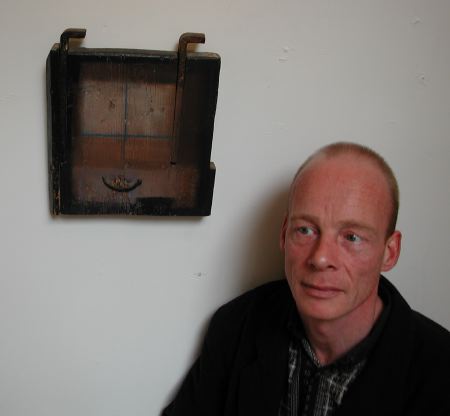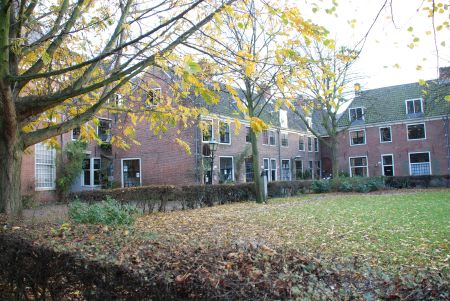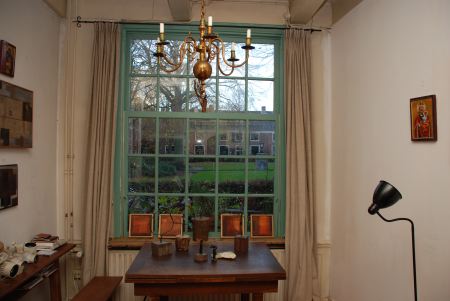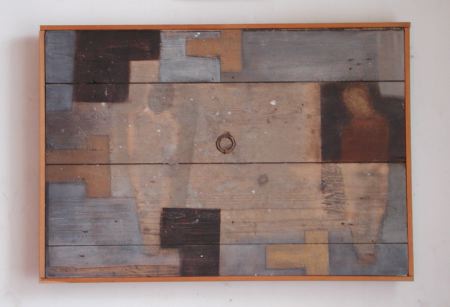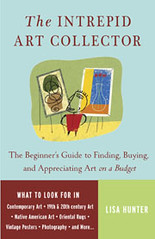
Painting
From Life vs.
From Photos
The difference is evident in the artworks (e.g. paintings) that they buy.
An art patron:
- causes an artwork to be made that would not otherwise exist
- has a direct influence on the content of the artwork (and thus on the creative process itself)
In contrast, a gallery consumer:
- selects a ready-made artwork
- has little or no impact on the creative process
Anyone with money can buy a ready-made artwork. But to be an art patron requires more than that. Besides money, an art patron must have
- a good idea of what the artwork should be about
- discernment to select the best artist for the job
- patience and persistence to deal with problems, delays, and drama that accompany any serious artistic project
Being an art patron is difficult. It is something of a lost art in itself.
The gallery myth
Art is sold in galleries along with a myth:
Art should be created for the sake of art.
This phrase is inherently meaningless. A painting is an inanimate object. The person who buys it does the appreciating.
The gallery myth runs counter to the interests of both the artist and the buyer. This is evident when one considers the economics of making art.
When an artist works for a patron, the goal is to please a real person, and get paid for it. This is a well-defined goal. It gives the artist a focus for creativity, and the assurance that creativity will be rewarded.
When and artist creates works to sell in a gallery, the goal is to please an imaginary person, a stranger who might buy a picture. How does one please an imaginary person? This goal is not well-defined. Creative energy gets wasted in guesswork. The artist, through uncertainty, makes many pictures — hoping some of them will sell.
Galleries incline the artist to a mass-production approach. Mass production is fine for blue-jeans. It is inefficient for artwork made by an individual, where the goal is to be creative and produce something unique and of high quality.
I believe that the gallery myth is a good part why painting has fallen into such a sorry state: the link between the artist and buyer is broken by the gallery. This alters the economic relationship and puts the artist into an awkward mode of production.
And of course, the buyer, in the role of gallery consumer, must settle for something not made specifically him or her.
Escaping economics?
Is it impossible for an artist to create what he or she really wants to create? Must painting be done either for a real patron, or for an imaginary customer?
Of course there is an alternative: an artist can paint for himself — if he can afford the time to do so. He is then his own patron. He does not paint “for the sake of art”, but for his own sake. Perhaps this is the best way to make great art.
And yet, there are some problems with an artist being his own patron. The artist gains creative freedom, but at a price. A regular patron can provide meaningful constraints in the form of:
- specifications for subject matter
- deadlines
- payment
These three constraints are lost when an artist acts as his own patron. The purpose and content of the work can continually change or evolve. The painting may never be finished. The artist cannot meaningfully pay himself for his work. He spends his time, he gets a picture in the end if he is lucky. But there is no money involved.
If the artist has the money to be able to afford to paint for pleasure, he also can afford to spend his money for easier forms of pleasure — like vacations. Thus, a rich artist will have a lot of distractions from the hard task of painting — and good painting is very, very difficult. A poor artist, on the other hand, will starve if he spends too much time acting as his own patron.
If the goal of making an artwork is to produce something that will satisfy a buyer, then the artist/patron relationship, unhindered by the gallery, can be the best way to fulfill this goal. Being an art patron is not easy, of course. But who said art should be easy? Whereas the gallery consumer makes a selection, the art patron is involved in expression. Here is the ultimate difference; the artwork will reflect this.
(I would like to get critical feed-back on this piece)
first posted 28 March 2006


